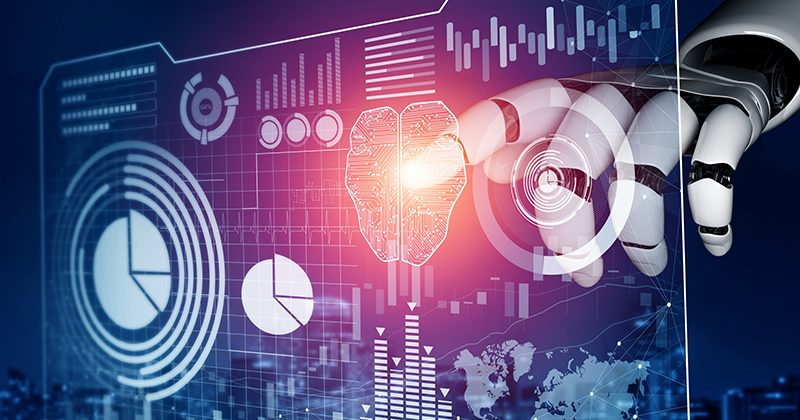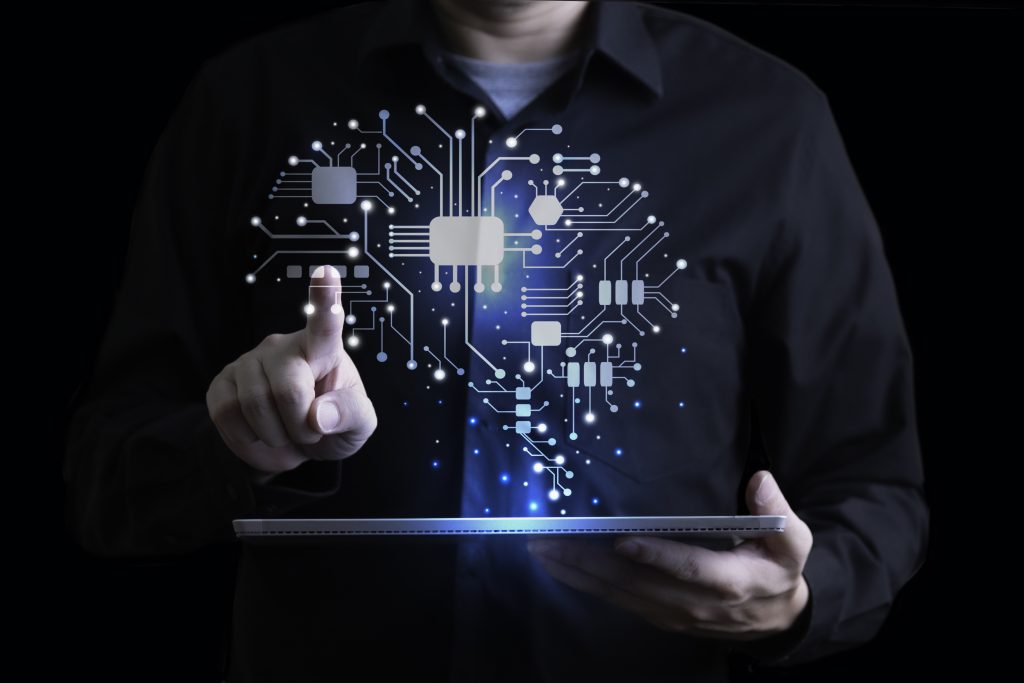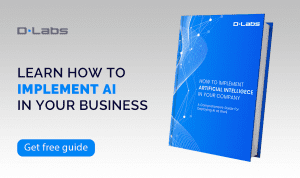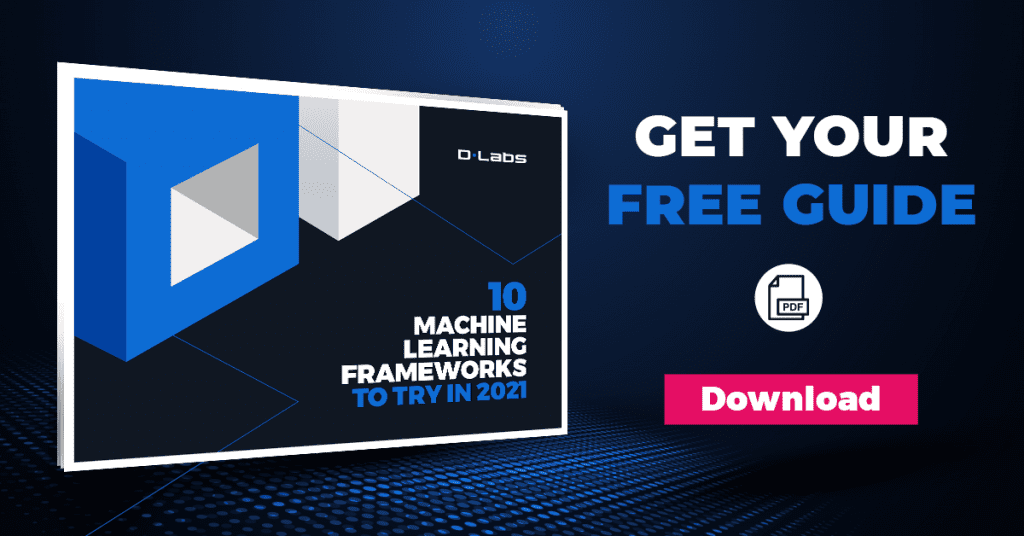In the modern world, machines are significantly reducing the time needed to perform particular tasks. But that’s not all they’re doing. They’re actively creating the future of automation in what’s known as Robotic Process Automation 2.0.
In this article, we’ll focus on this concept: explaining the term and sharing an example of how we’ve used the technology at DLabs.AI. Happy reading!
The RPA market is currently valued at USD 1.1 Billion and is anticipated to see a CAGR of 33.6% from 2020 to 2027.
Source: Grand View Research
What is Robotic Process Automation (RPA)?
Before we get to RPA 2.0, let’s first explain basic Robotic Process Automation.
In short: RPA is a set of algorithms that integrate different applications, simplifying mundane, monotonous, and repetitive tasks; these include switching between applications, logging into a system, downloading files, and copying data.
Implementing such a solution doesn’t require modifications to an existing IT system or re-engineering a business process. These tools work at the graphical user interface (GUI) level: as with humans, this lets them perform particular tasks as people would.
RPA implementation is part of digital transformation: a process that more and more companies are looking to implement to gain a competitive advantage — and, in turn, the best possible business results.
Why do companies invest so much money in digital transformation?
Enterprises plan to spend up to $2.3 trillion on digital transformation in 2023.
Source: IDC
RPA is a hot topic. It’s rapidly becoming popular in industries as diverse as insurance, retail, manufacturing, and telecommunications. However, the technology is especially useful in factory settings, where activities are often repetitive, requiring limited intellectual thought.
That’s why the technology works so well: because if we show a robot how to perform a task, it will mindlessly repeat it, over and over again. But RPA also works well in the office environment, primarily in business processes that use software to analyze large data sets (mainly data sheets); or applications and ERP systems that update CRM data.
One Gartner report estimates that a single RPA bot is as productive as up to thirty full-time employees.
The main reasons companies use RPA:
- Increase the efficiency of internal processes
- Improve core business processes
- Increase customer satisfaction
- Increase employee satisfaction and engagement
- Relieve employees from the tedious, repetitive tasks
- Reduce human error
- Reduce process execution costs
RPA 2.0: The future of automation
Artificial Intelligence has reached a stage where algorithms can finally ‘see,’ ‘think,’ even ‘improvise.’ Computer programs no longer have to just ‘follow the rules’ or repeat the same repetitive tasks.
Robots can become smart; they can even make decisions for humans. From a technical standpoint, you now don’t have to program tools to perform tasks. Simply allow the software to run in the background, analyze a job, and learn how to make the right decisions. But let’s make one thing clear: there’s one significant difference between RPA and RPA 2.0.
“RPA focuses on recreating simple, repetitive activities that humans typically perform,” says Maciej Karpicz, CTO at DLabs.AI. “Still, in the final stages, a human will make the last decision because it will often require expert knowledge, which robots don’t have.”
“RPA 2.0, on the other hand, replaces the decision-making human with machine learning, leaving a robot to make the final decision; humans just verify it — but only if necessary,” he added.
How DLabs.AI used Robotic Process Automation 2.0
One example of RPA 2.0 in action is from a project we completed here at DLabs.AI. A client built a platform that identifies and classifies tax documents and then reconciles them as part of the accounting process.
The system supports activities like accounts management and many other financial tasks: roles that involve the manual classification of over 20,000 invoices, which is necessary to help both with accounting and decision-making.
To reduce the workload, we developed a platform that automates the invoice reconciliation process, removing the manual effort involved in invoice classification and helping accounting departments better track costs.
“In this project, Robotic Process Automation would not solve the problem because, in this system, everything had already been 100% automated through application interfaces,” Maciej explained. “However, the final decision-making process still took a lot of time and needed improvement.”
“Until now, the accountants had to make the decision on which account a given invoice should go to — and which process it should qualify for — but the new tool allows us to replace this final decision with machine learning; that is RPA 2.0 in action.”
Our unique system enables optimal results by combining machine learning and accounting expertise. And our innovative tool now auto-classifies over 83% of all invoices, significantly reducing the manual overhead of accounting teams.
See the tool in action: watch the video below:
RPA 2.0 allows companies to achieve business continuity. Whether you’re facing crises like COVID-19 or everyday challenges such as staff shortages, automated machines can work continuously, yet still handle system and process changes.
Want to innovate using RPA 2.0? Schedule a free call and learn how to improve your business processes today.







